Hay's Way: Five Scottish gems spotted along the walk - from Aberdeenshire, Elie to Dunbar
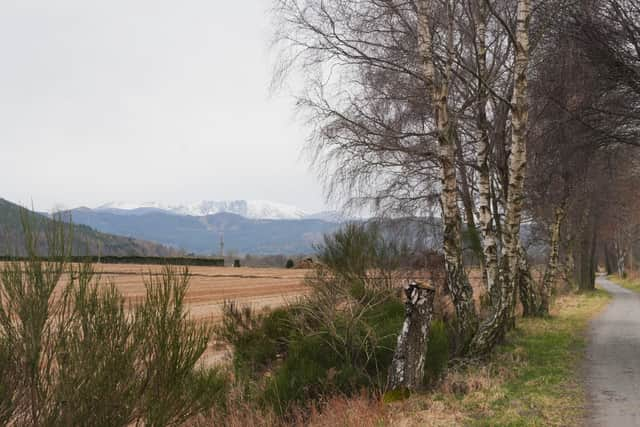

Deeside Way in March
I walked part of the Deeside Way, which runs between Aberdeen and Ballater, in March. While weather can be unpredictable at this time of year, it offers a range of colours, from the purple hue of heather vegetation, clumps of copper from the dead bracken, and splashes of a fuzzy, muted green from pine trees.
At the tail end of winter, you can see the snow-capped peaks of the Cairngorms in the distance as you walk along the path. You might pass the odd cyclist or walker, but with it being a quieter period, there’s a lot of alone time with just the river Dee flowing alongside you and the faint cry of curlew and oyster catcher in the distance.
There are a range of historical landmarks to keep the trail interesting. Between Ballater and Aboyne, you can find the mediaeval Tullich church and graveyard, which is home to a collection of Pictish and Early Christian carved stones, with one or two believed to date back to the 7th century.
About three miles east of Ballater lies the Cambus O'May suspension bridge, built in 1905, which crosses the river Dee. Its lattice girders are painted gleaming white and you can follow them to the other side of the river where there are woodland walks. I also recommend popping into the Deeside Antiques Emporium, a treasure trove hidden away in an old church in Kincardine O' Neil, said to be the oldest village in the Royal Deeside valley.
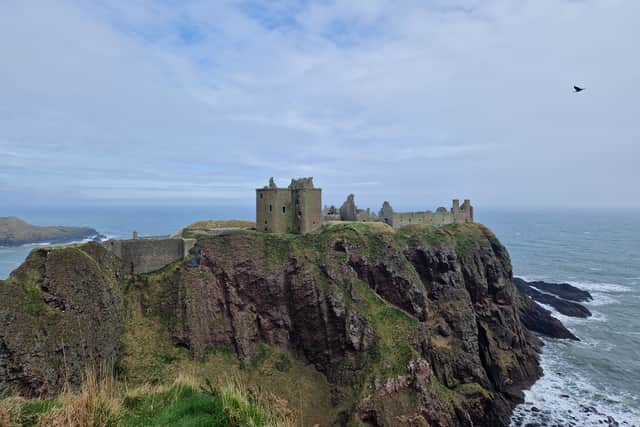

Dunnottar Castle
Atop a 160-foot rock jutting out into the North Sea, Dunnottar Castle has been one of the most dramatic sites I’ve seen on this walk. There’s little wonder it’s famous for being a prime film location for movies including Mel Gibson’s Hamlet and Frankenstein, starring Daniel Radcliffe. Walking towards it along the coastal path from Stonehaven and seeing the cliff-top historic ruins, surrounded by the sea on three sides and slightly smothered in the haar, was an experience in itself. The castle’s history has seen the fortress attacked by Vikings, stormed by William Wallace and bombarded by Oliver Cromwell’s canons.
Despite its rough past, you can still walk around the grounds, which are immaculate and have been well preserved, with discreet signage helping you reimagine what was once there. That’s only if you’re willing to climb the steep steps up to the site and pay the £10 entrance fee.
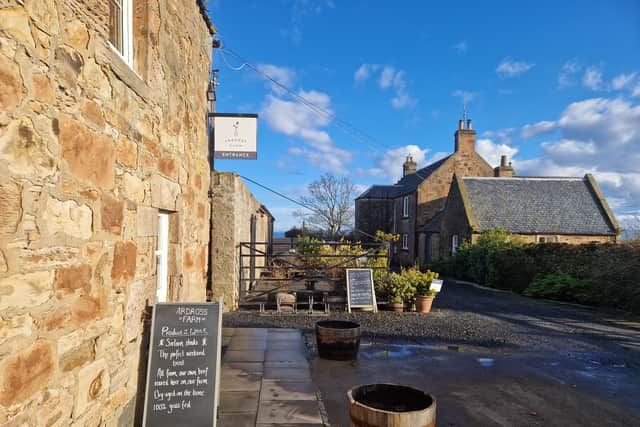

Ardross Farm Shop
Down the road from Elie on the Fife coast, a mother and her three daughters own and run Ardross Farm which boasts a quaint farm shop with produce in abundance. The family-run business sells the farm’s freshly grown vegetables, homemade honey and grass-fed meat at reasonable prices.
The shelves are also stocked with a range of goods from local suppliers, including Barnett’s freshly baked bread. It’s easily accessible by car, but also just up from the Fife Coastal Path if you’re on foot.
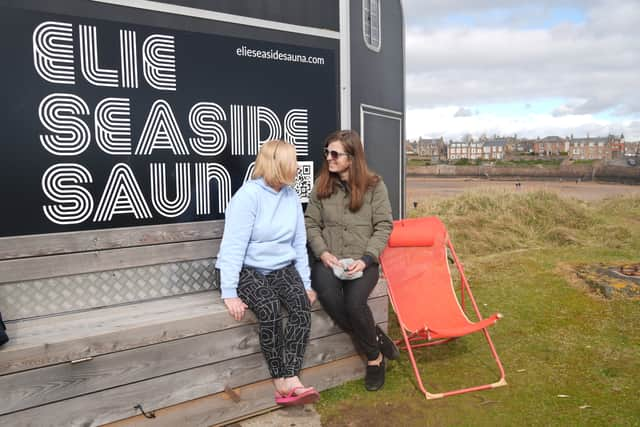

Elie saunas
A couple of miles walk from Ardross you’ll find Judith Dunlop’s two saunas down on Elie beach. Perched in the dunes near the town’s harbour, they both offer a picturesque view of the sea lapping the shores of the popular holiday spot.
I recommend taking the plunge and going for a swim before taking a pew in one of the heat-treated Aspen huts to make the most of the warmth from the wood burning stoves that can bring the temperatures up to between 70C and 100C. But if cold water isn’t your thing, an hour in a sauna with a break every now and then in the fresh seaside air is just as relaxing. You can hire out one that is a converted horsebox, called Dune, privately. Otherwise, you can pay for a seat in Shore and share the experience with others.
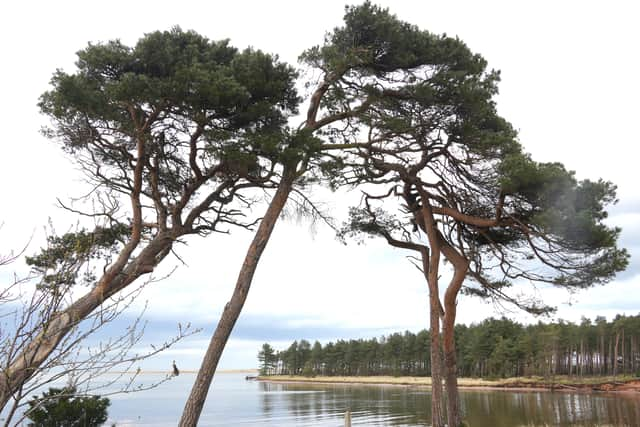

John Muir Way heading into Dunbar
Walking the John Muir way along the river Tyne towards Dunbar when the tide is high, the views keep you rolling on. The estuary, when full of water and on a still day, resembles a flowing silky cloth upon which a range of bird life bobs up and down.
The route takes you alongside the fence of East Links Family Park where, rather unexpectedly, you see a menagerie of slightly goofy animals from llamas to emus. You then head into Belhaven where you can see the Belhaven Bridge, known locally as the ‘Bridge to Nowhere’, which stands alone. At high tide, the solitary structure appears to have no purpose whatsoever.
When you reach Dunbar, John Muir’s birthplace, and which is home to an elegant, Peter Pan-like statue of the naturalist, I recommend going for a pint at Station Yard. It’s a micropub that offers local drinks and which has, depending on the bartender, some great music to accompany a well-earned refreshment. It was here I also heard residents rooting for their own Callum Easter, a singer and multi-instrumentalist based in Edinburgh who is currently on tour now. I don’t know what genre I would call him, but there’s folk-led, bluesy, soulful and yet indie rock tunes that come out of his raw and spontaneous approach. I am not surprised he’s been described as a force of nature.
Comments
Want to join the conversation? Please or to comment on this article.
